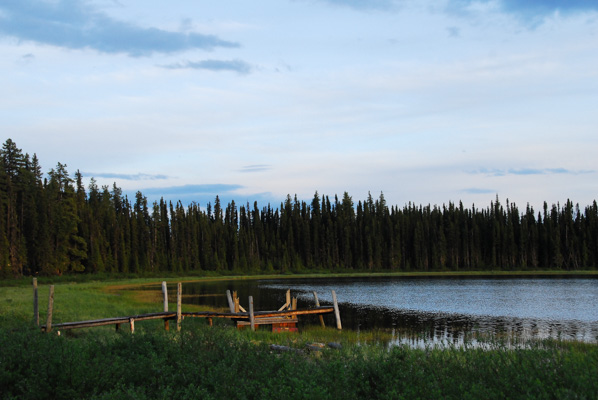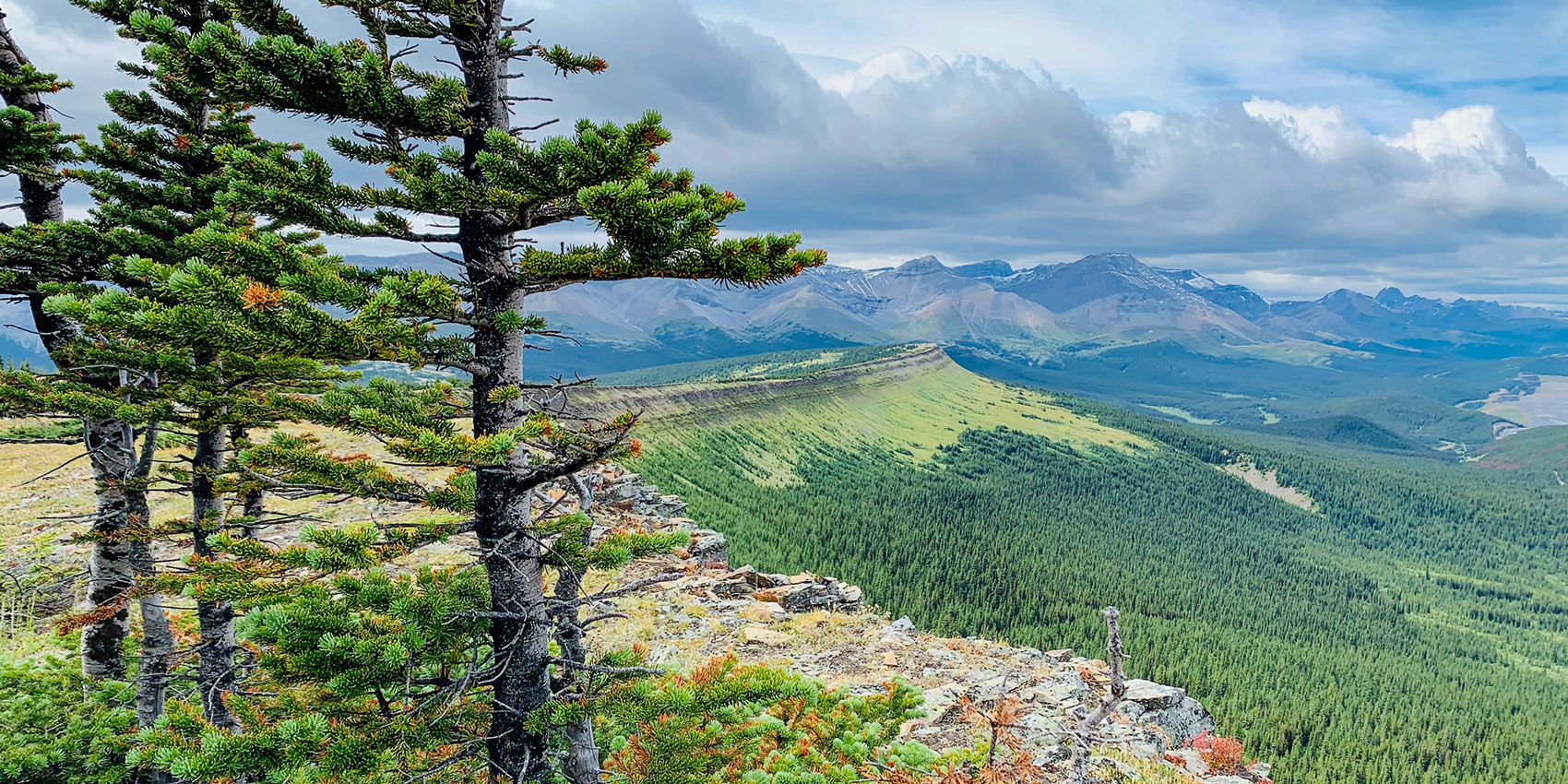
Abstract
Sediment and subfossil deposition can vary spatially within a lake because of multiple taphonomic influences. Paleofire reconstructions are commonly based on stratigraphic analysis of macroscopic charcoal in a single core from the central basin of a lake. We investigated the influence of core location on paleofire interpretations. Our approach was to: (1) examine the spatial distribution of recent charcoal deposition in a lake, (2) evaluate the effects of different subsample volumes on charcoal counts, and (3) explore the influence of sediment water content on charcoal concentration values. We retrieved short sediment cores from eight locations, including central, profundal and sublittoral depths, across a small montane lake located in southeastern British Columbia, Canada, to examine the effect of core location on macroscopic charcoal-based reconstructions of fire history. A long sediment core was also collected from the centre of the lake. The pattern of charcoal accumulation in the short cores was compared to the record collected from the lake’s centre, which spans the Holocene. Each short core was stratigraphically matched with the long core using a discrete tephra marker to form a continuous record and examine the influence of core location on the interpretation of long-term fire regimes. We also examined how sample volume (1 vs. 5 cm3) from a single core affected macroscopic charcoal analysis and paleofire interpretation. Finally, we compared paleofire reconstructions generated from charcoal accumulation rates from wet sediment volume (CHAR) and dry sediment weight. Results were generally similar, but differed slightly in uppermost unconsolidated sediments. Even in small lakes with simple bathymetry, bulk sedimentation rates and charcoal accumulation rates may vary throughout the basin. The best record of past fires is preserved in sediment cores from the flattest and deepest area of the basin. These findings suggest that lake-bottom topography is an important consideration when targeting coring locations and interpreting charcoal data. Understanding how coring location, core sampling strategies and data processing affect paleofire inferences is important for generating robust quantitative paleoecological interpretations.
For the full article, get access (with subscription) here, or contact Dave Andison.
Citation
Courtney Mustaphi, C.J., E.L. Davis, J.T. Perreault, M.F. J. Pisaric. 2015. Spatial variability of recent macroscopic charcoal deposition in a small montane lake and implications for reconstruction of watershed-scale fire regimes. Journal of Paleolimnology. 54(1)): pp. 71-86.







